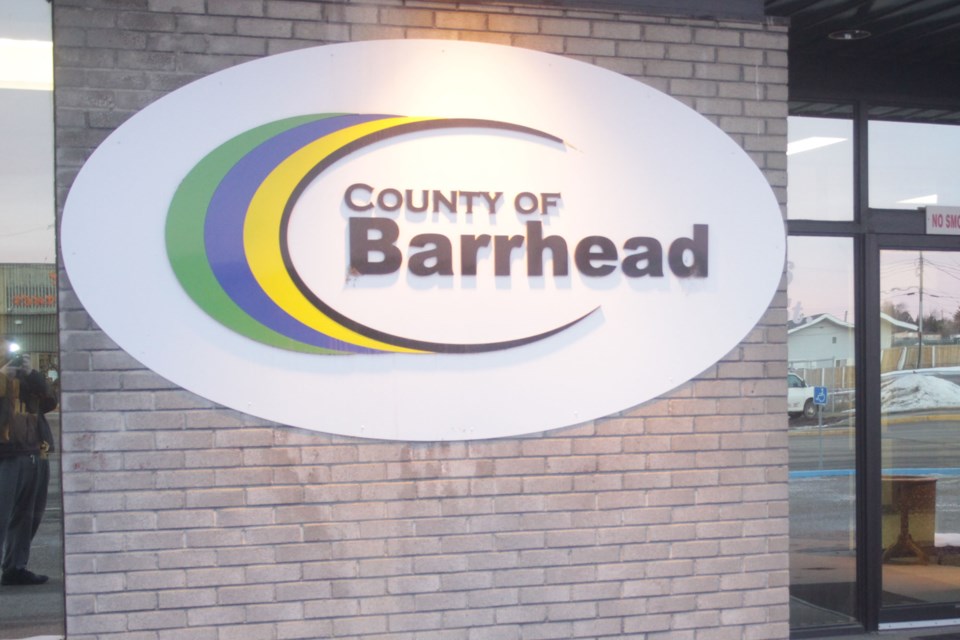BARRHEAD - The County of Barrhead just purchased a very costly Lego set, one that will cost the municipality over $400,000 after taxes. But to be fair to the municipality, the blocks in this set are much larger than the average Lego kit.
Councillors, during their May 4 meeting, awarded a nearly $400,000 contract, excluding GST, for the construction of an 82 by 150-foot fabric building with double-row concrete Lego block walls to Coverco Buildings by a 5-1 vote. Coun. Marvin Schatz was opposed.
The building will replace the county's aging salt storage building and its construction is included in the 2024 capital budget. The county will transition the current structure, which is at least 20 years old, to machine storage.
Infrastructure director Ken Hove said the lead time for the project is about six months.
"The building will allow for salt and sand storage and allow [public works] to load the material into the trucks indoors," he said. "Salt in its concentrated form is considered toxic, and the new building will improve the county's environmental stewardship."
The municipality received three bids, the lowest being from the previously mentioned Coverco Buildings, based in Calgary, at $421,000, along with White Line Shelter and Tarps at $407,000 and Absolutely Covered at $407,000.
Hove said that in addition to price, other selection criteria included building size, material type, door size, staff door, and warranty.
"All the buildings are very similar," he said, adding all the structures include a 15-year warranty on the fabric and steel, but Coverco offered an additional five-year extended service warranty.
"So, if the fabric comes loose or you get a tear, they will take care of it for the first five years," he said.
All pricing includes shipping the materials to the building site, i.e., the public works yard and construction. Once the materials arrive, Coverco Buildings estimates construction will take about a month.
Hove added that the county would be responsible for preparing the pad for the building to sit on and pouring the concrete onto the floor, noting those costs, which were also included in the 2024 capital budget, bringing the project's total cost to $470,000.
Schatz asked if public works investigated the possibility of a wood-based structure.
Hove said they had not.
"When you put tin on it, salt is its enemy," he said. Our [tin-covered building] up there now's walls are all rotting away, so we felt fabric with a galvanized steel inside was the best option."
Schatz argued that the tin on the outside [of the wood-framed building is galvanized]. He also added that he would have liked to see an estimate of a wood-based building to see if there was a potential cost saving.
"Tin still corrodes because the dust gets in there," Hove replied.
As for the potential cost-saving with wood, Hove added he did not see it.
"Given the size of [the building we wanted] and the span of [the trusses] 80 feet wide that would have to be used, I can't see it being any more cost-effective," he said.
Reeve Doug Drozd said the fabric-steel structures seemed to be standard, adding that Alberta Transportation uses similar buildings to store its salt and sand.



